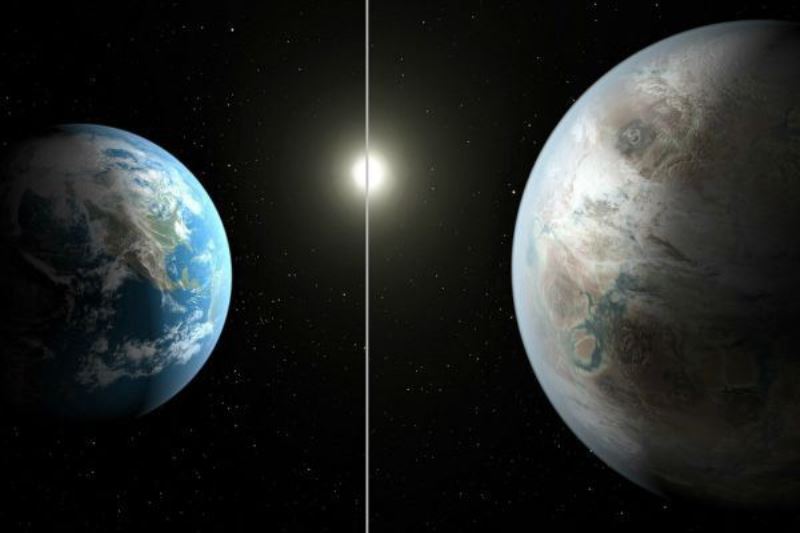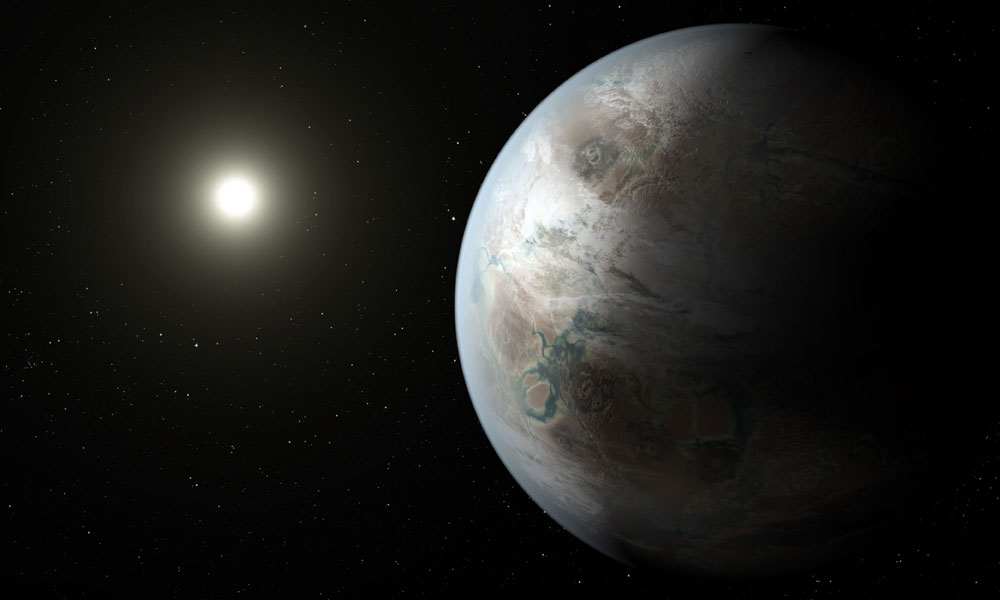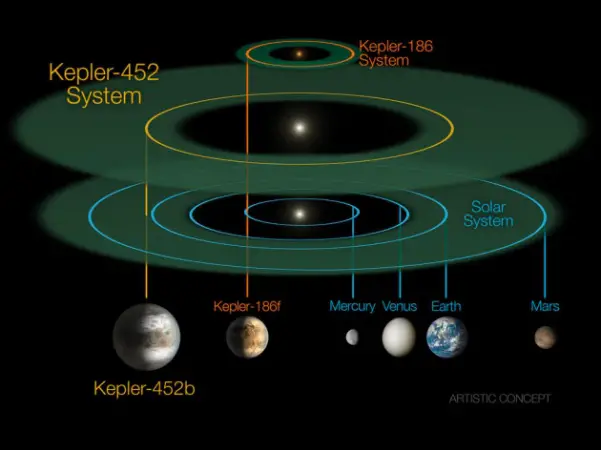News
NASA just discovered the most Earth-like planet known to date

I’m sure you have already heard about the intriguing discovery of a “second Earth,” announced by NASA and SETI earlier.
This “Bigger, Older Cousin to Earth” is called Kepler-452b and is located in the habitable zone of a Sun-like star in the Cygnus constellation. It’s not the first time when astronomers discover an Earth-like exoplanet; however, this time the similarities are so many that the newly found planet has all the rights to be called a “second Earth” or “another Earth.”
Kepler-452, the second Earth’s parent star, is located 1,400 light-years away from us. It is a G2-type star, which makes Kepler-452b the first known exoplanet orbiting a similar star to our Sun since the previously discovered Earth-like planets are orbiting smaller and cooler stars. At the same time, Kepler-452 is 6 billion years old while our Sun is 4.5 billion years old. Kepler-452 is 10% larger and 20% brighter than our Sun but has the same temperature.
Kepler-452b is 1.6 times bigger than Earth and is probably a rocky planet too. Its year lasts 385 days, which means that the distance from its sun is only 5% bigger than the one between the Earth and the Sun.
Found in the habitable zone, the Earth’s cousin is very likely to have liquid water because it is located at the right distance from its sun, providing the temperature necessary for water to exist in its liquid state. The probability that it has an atmosphere is also very high for the same reason. Since Kepler-452b’s parent star is a bit larger than our Sun, it apparently has a higher average temperature on its surface.

All the above-mentioned facts not only mean that Kepler-452b is extremely similar to our own planet but also make it a perfect candidate to host life. This planet seems to have both the favorable conditions and enough time (with its star 1.5 billion years older than our Sun) for life to have evolved on it.
“That’s substantial opportunity for life to arise, should all the necessary ingredients and conditions for life exist on this planet,” Kepler’s data analyst John Jenkins said in a press release.
The similarities of Kepler-452b and the Earth are even more striking than the ones of Kepler-186f, which was discovered last year, bringing new hopes in the search for extraterrestrial life. Kepler-186f is located in the same constellation, 500 light-years from Earth, and is found in the habitable zone too. However, a huge difference is that its parent star has only half the mass and size of our Sun, which significantly decreases its chances to support life.

All these findings are incredibly inspiring, but we should not forget that the knowledge we have about Kepler-452b right now is still quite limited. In fact, we don’t even know for sure whether it is habitable or not. To learn more about this newfound Earth’s cousin, we need more powerful telescopes. Otherwise, it is impossible to see and study the planet that is located so far away from our world. But don’t get disappointed – we may have the opportunity to see Kepler-452b already in 2018 when the James Webb Telescope is planned to be launched. It is going to be 100 times more powerful than Hubble!
This definitely gives us more evidence that earthlings are not the only living creatures in this vast universe.
Image credit: NASA
Typos, corrections and/or news tips? Email us at Contact@TheMindUnleashed.com
